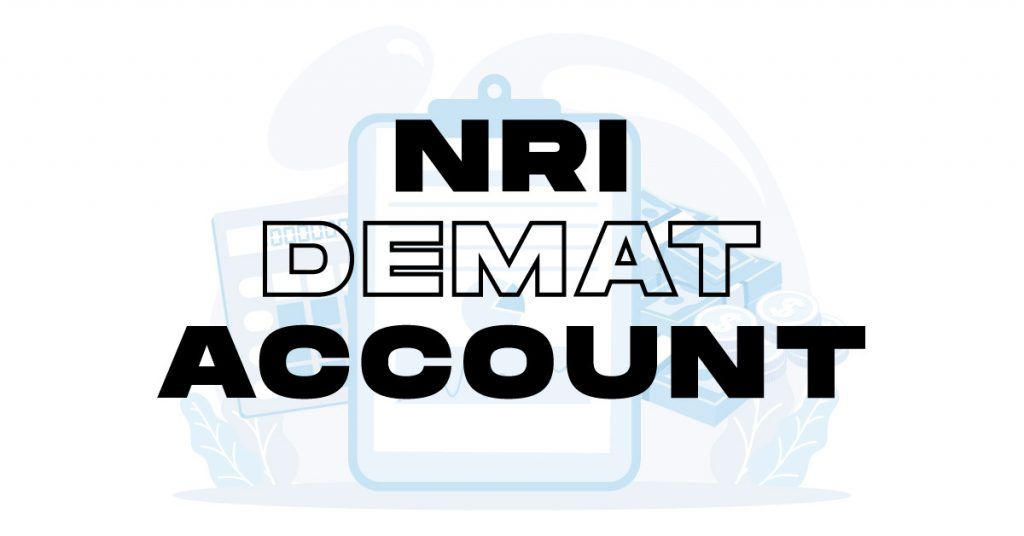What is DPO and How is it different from IPO?
Written by Upstox Desk
Published on July 31, 2025 | 7 min read

There are times when companies need funds to meet their growing needs. Whenever a company requires additional capital, there are two significant ways to raise funds: debt and equity. But when the business has already raised decent capital through debt, there is only one way left: selling the company’s shares.
If a company has decided to raise capital by selling its shares, there are two major ways to do so: Direct Public Offering (DPO) or Initial Public Offering (IPO).
While these two may have the same purpose, i.e. raising additional capital, they vary from each other in many aspects.
In this blog, we’ll learn about direct and initial public offerings in a bit more detail. Also, by the end, you’ll get to know how these two differ from each other.
Direct Public Offering - DPO meaning
DPO’s full form is Direct Public Offering. It refers to the action of companies to raise capital without creating any new shares to sell. Here, the companies sell their shares directly to the people without any intervention from intermediaries. The intermediaries can be investment banks, underwriters and broker-dealers.
Also known as direct placement, DPO is usually preferred among small-sized companies as it aims at cutting the cost of raising capital.
How does a DPO work?
A company may choose to opt for a direct public offering instead of the initial public offering to raise capital when it is short on financial resources to pay intermediaries such as investment banks and underwriters. As the name suggests, the shares of a company are sold directly to the masses.
Here, the firms have the liberty to decide the terms of offering as per their goals. The companies are free to decide the price of offerings, the maximum number of shares investors can purchase and the timeline of offering.
Advantages and disadvantages of DPO
Advantages of raising capital through DPO are:
- Provides liquidity to shareholders as they can sell their shares freely in the market.
- Reduced costs as no intermediaries are involved
- The process of raising capital through DPO is less time consuming
- Companies do not need to disclose confidential information
Disadvantages of raising capital through DPO are:
- Companies can only raise a limited amount of funds within 12 months
- It can be more volatile than the initial offering
How does Initial Public Offering work?
An Initial Public Offering refers to raising capital by selling shares of a private company to the people for the first time. It can be said that a company is pivoting from a private one to a public one. That’s why we call it “going public”.
Bootstrapped companies or startups that have been performing decently for years choose to sell shares to the people through IPO. Now there can be countless reasons for that. Paying off debt, needing funds to meet growing needs, and creating liquidity are a few reasons for going public.
IPO differs from direct listing in the way that, in IPOs, intermediaries are involved. Intermediaries like underwriters are employed to assist with registering and distributing securities to the public. Further, the underwriter may take the help of brokers and investment banks to sell securities to the investors.
Advantages of IPO:
- The easy and traditional process of raising funds for growth, expansion, research and expansion and other needs
- Companies benefit from IPO in the sense that it increases publicity and credibility of the company, which can be of great importance if it needs to expand in future
- It can help in reducing the overall cost of capital as banks charge hefty interest rates
- Helps in diversified and increased equity base
Disadvantages of IPO:
- Necessary to disclose confidential information about the company
- Competitors may misuse the disclosure of confidential information
- Increased risk involved
- Increased attention and efforts are needed on the part of management for smooth functioning
How does direct listing differ from Initial Public Offering?
-
Purpose/Focus
Companies choosing an IPO for raising capital have the purpose of raising additional funds, but that’s not the case with a direct listing. In a DPO, companies are not focused on raising additional capital. They aim to increase the existing shareholders’ liquidity and accessibility to the public for raising capital.
-
Cost involved
Direct listings have lower costs than IPOs as there aren’t any intermediaries involved in the direct public offering process. In DPO, stakeholders can directly sell shares to the people without paying any fee to underwriters who assist with registering and selling shares.
-
Volatility
Another major difference between IPO and DPO is the volatility involved. In a traditional IPO, the volatility is less as the share prices are negotiated before listing. On the other hand, since the companies are free to decide the price of offerings, the volatility is high.
-
Suitability
Since there are no underwriters involved in a direct listing, it needs to be ensured that the company has a good reputation among its customers. Investors will only be interested in buying their shares if they have an easy-to-understand business model. If investors know how the business/company makes money, it gets easier for them to get convinced to invest. If companies don’t have a good customer reputation in the market, DPO may not be ideal for them.
-
Lock-up period
The lock-up period is when existing shareholders are not allowed to sell their shares in the market. In a traditional IPO, companies tend to a certain lock-up period wherein existing shareholders can’t sell their shares to prevent oversupply and decrease in share prices in the market. There’s no lock-up period in DPO as only existing shareholders sell their shares in the open market.
-
Timeline of the process
IPO is usually a time-consuming process. The companies may have to start a year or so before they decide to go public. This is because it involves selecting a management team and directors, getting systems ready, creating presentations, the underwriting processes and so on. However, on the other side, there is no obligations on the part of companies; hence, it is less time-consuming.
Conclusion:
While Initial Public Offering and Direct Public Offering are two ways for a company to go public, these two differ in many aspects as mentioned above. Both of them have their pros and cons and may be considered in different situations or companies. We hope that this guide helped you to get greater insights into them and now you know how these offerings differ from each other.
Frequently Asked Questions (FAQS)
Is direct listing considered better than IPO?
It depends on the purpose of the company to make the decision. But generally, DPO may be considered better than IPO as it is very cost-effective, and IPO may require crores of rupees for the process.
Can a company get listed without an IPO?
Yes. Direct listing is the other way for companies to get listed and sell their shares to people.
Who sets the price in the direct listing?
In this, the issuer sets the price of offerings 002C the maximum number of shares investors can purchase, the timeline of offering and so on.
Is direct listing common in India?
Yes. India has a bill known as the Companies (Amendment) Bill, 2020, that allows this.
How long does direct listing take?
The process of DPO not only requires fewer funds but can also be completed faster than the IPO. It can take a month or so to complete the process.
About Author
Upstox Desk
Upstox Desk
Team of expert writers dedicated to providing insightful and comprehensive coverage on stock markets, economic trends, commodities, business developments, and personal finance. With a passion for delivering valuable information, the team strives to keep readers informed about the latest trends and developments in the financial world.
Read more from UpstoxUpstox is a leading Indian financial services company that offers online trading and investment services in stocks, commodities, currencies, mutual funds, and more. Founded in 2009 and headquartered in Mumbai, Upstox is backed by prominent investors including Ratan Tata, Tiger Global, and Kalaari Capital. It operates under RKSV Securities and is registered with SEBI, NSE, BSE, and other regulatory bodies, ensuring secure and compliant trading experiences.

























